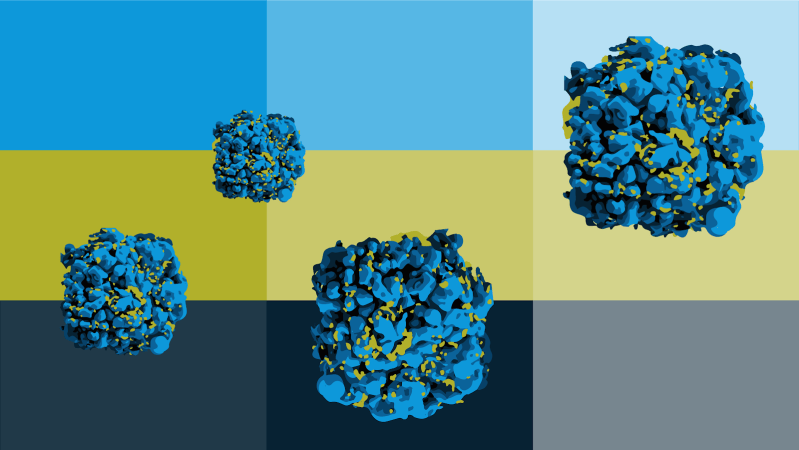Each week, The Daily’s Science & Tech section produces a roundup of the most exciting and influential research happening on campus or otherwise related to Stanford. Here’s our digest for the week of May 10–16.
A new vaccine type to prevent HIV infections
A new vaccination can provide enhanced and sustained protection against the HIV virus in rhesus macaque monkeys, a study published on May 11 in “Nature Medicine” found. The research might also help immunologists create a vaccine against the coronavirus and other diseases.
“Most vaccines aim at stimulating serum immunity by raising antibodies to the invading pathogen,” Bali Pulendran, professor of pathology and microbiology and immunology, told Stanford Medicine News. “This vaccine also boosted cellular immunity, the mustering of an army of immune cells that chase down cells infected by the pathogen. We created a synergy between these two kinds of immune activity.”
The adaptive immune response consists of two parts: serum immunity, including B-cells which secrete antibodies, and cellular immunity, including T-cells that find infected bodily cells and destroy them. The findings suggest vaccinations that stimulate both arms of the adaptive immune response can protect rhesus macaques from initial viral HIV infection.
“These results suggest that future vaccination efforts should focus on strategies that elicit both cellular and neutralizing-antibody response, which might provide superior protection against not only HIV but other pathogens such as tuberculosis, malaria, the hepatitis C virus, influenza and the pandemic coronavirus strain as well,” Pulendran told Stanford Medicine News.
Combination shot of insulin and amylin for diabetics
A combined “two-in-one” injection consisting of insulin and amylin may help diabetics better control their blood sugar levels, a study published on May 11 in “Nature Biomedical Engineering” found.
Previously, insulin and amylin — a hormone that works with insulin to lower blood sugar levels more effectively than insulin alone— could only be injected in two separate shots. Patients who have taken both drugs separately lose weight and have better control over their blood sugar levels. When combined, the drugs were too unstable for a single syringe.
“Taking that second injection with the insulin shot is a real barrier for most patients,” materials science and engineering assistant professor Eric Appel told Stanford News. “Our formulation would allow them to be given together in a single injection or in an insulin pump.”
The researchers developed a protective coating called cucurbituril-PEG that surrounds the insulin and amylin, allowing both to coexist in a single shot. The findings suggest the coating increases stability, promoting the drug shelf life.
“We’re excited about the results to say the least,” Appel told Stanford News.
Genetic evolution of hybrid populations
Scientists have identified the cause of melanoma in hybrid fish in Mexico, a study published on May 14 in “Science” reports.
The highland swordtails and sheepshead swordtails have interbred for many generations and are native to Mexico, creating a population of hybrids. Researchers have identified two genes responsible for melanoma, which often develops in the tails of the male fish.
This discovery marks only the second time a dysfunction in hybrids has been traced to a specific gene in vertebrates. Hybrid offspring of two different species typically have genetic shortcomings.
“We’re just realizing that hybridization affects species all across the tree of life, including our own species — many of us carry genes from Neanderthals and Denisovans,” biology assistant professor Molly Schumer told Stanford News. “Understanding hybridization and the negative and positive effects that can come from genes that have moved between species is important in understanding our own genomes and those of other species with which we interact.”
The findings suggest the genes cd97 and xmrk are responsible for causing melanoma in the fish hybrids.
“When I started my PhD in 2011, it was really not accepted that hybridization was common in animals. The best-known examples were mules and fruit flies. It’s been such a massive shift and a fun time to be working on this question,” Schumer told Stanford News. “What we’ve arrived at now is the best kind of project in science: one that raises way more questions than answers and spins you off in a bunch of different directions.”
Contact Derek Chen at derekc8 ‘at’ stanford.edu.
